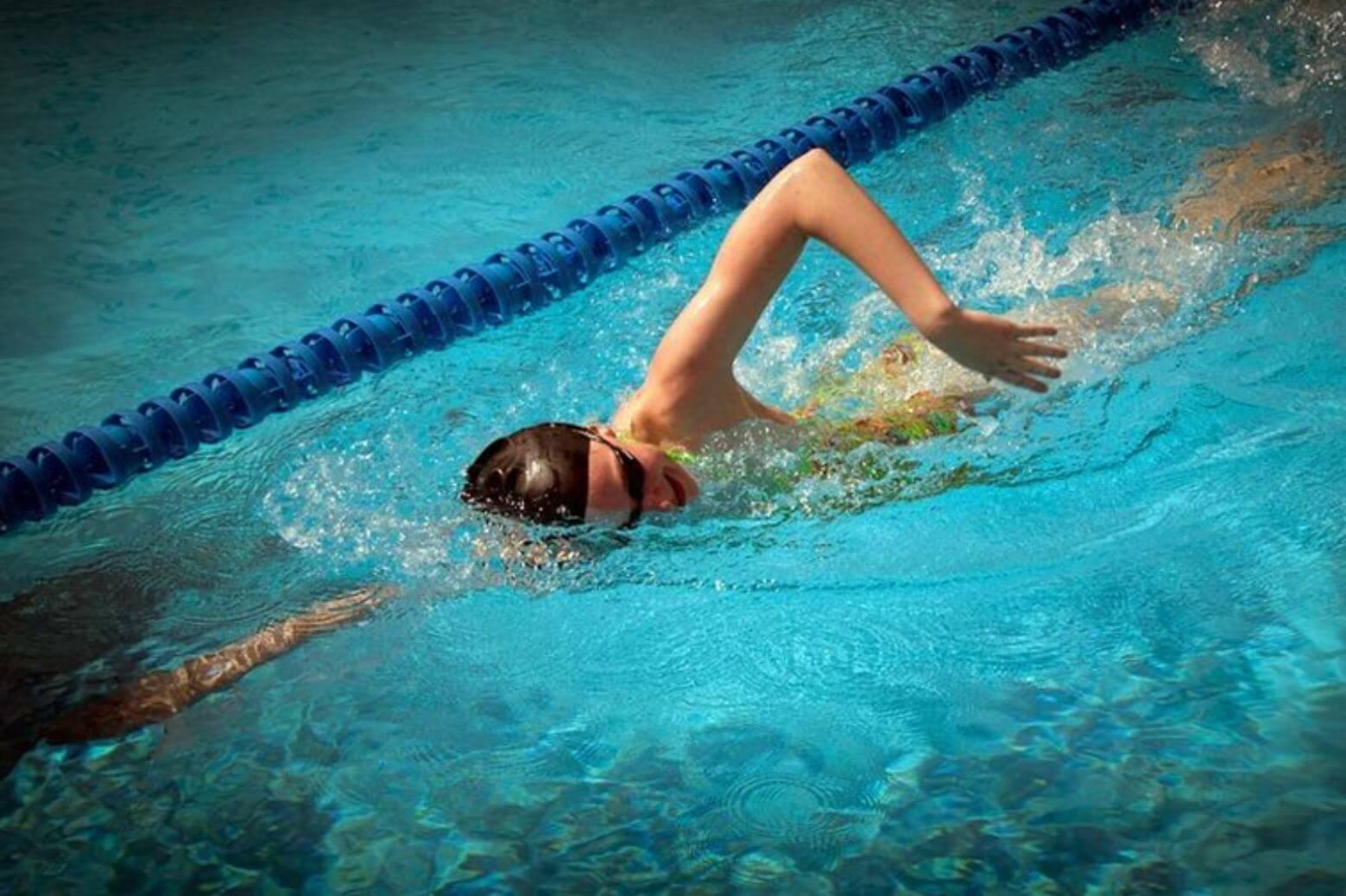






Welcome, Aqua Artists! Today, we're diving into the depths of the front crawl swimming technique. Whether you're a beginner looking to grasp the fundamentals or a seasoned swimmer aiming to refine your form, mastering the front crawl is essential for efficiency and speed in the water. In this comprehensive guide, we'll explore some key drills to help you enhance your front crawl technique, whether you're practising independently or as part of structured swimming programs, and effortlessly navigate the water with grace and power.
Before we plunge into the drills, let's clarify what front crawl swimming entails. Front crawl, also known as freestyle, is a swimming stroke characterised by alternating arm movements and a flutter kick. It's the fastest and most efficient stroke used in competitive swimming and is popular among recreational swimmers for its speed and fluidity.
The stroke begins with the swimmer lying face down in the water, arms extended forward. The arms pull through the water in an alternating motion, while the legs perform a flutter kick, propelling the swimmer forward. Proper technique is crucial for maximising speed and reducing drag, making front crawl drills an essential component of any swimmer's training regimen.
The catch-up drill is an excellent way to focus on arm extension and proper hand entry. Start by pushing off the wall and gliding in a streamlined position. As you begin to swim, keep one arm extended in front of you while the other arm pulls through the water. Once the pulling arm reaches the extended arm, "catch up" by touching your hand to the extended hand before initiating the next stroke. This drill promotes a long and efficient stroke, emphasising full arm extension and proper hand placement.
The first drill may sound unconventional, but it's highly effective for improving your feel for the water and enhancing forearm strength. Simply close your hands into fists and swim front crawl as usual. Without the assistance of open palms, you'll rely more on your forearms to generate propulsion. This drill helps develop a powerful underwater pull and encourages a high elbow position throughout the stroke.
The one-arm drill allows you to isolate each arm's movement, providing focused attention to technique and body position. Swim with one arm extended forward while the other arm remains at your side. Rotate your body slightly toward the extended arm as you pull through the water with a high elbow position. This drill helps improve balance, rotation, and arm mechanics, ensuring a smooth and efficient stroke.
Precision is key in the finger drag drill, which focuses on maintaining a high elbow position and a relaxed hand during the recovery phase. As you pull through the water with one arm, lightly drag the fingertips of your recovering hand along the surface. This encourages a high elbow catch and promotes a relaxed hand position, minimising resistance and maximising propulsion.
While front crawl primarily emphasises arm movement, don't overlook the importance of a strong flutter kick. Incorporate kickboard drills into your training to strengthen your leg muscles and improve your kicking technique. Hold onto a kickboard with outstretched arms and focus on maintaining a steady kick rhythm from your hips. Experiment with different kick tempos and ankle flexibility to find what works best for you.
Hypoxic training involves deliberately restricting your breathing during swimming, which can help improve lung capacity, breath control, and overall endurance. Start by gradually increasing the number of strokes between breaths, challenging yourself to swim longer distances with fewer breaths. This drill simulates the conditions of competitive swimming and teaches your body to efficiently utilise oxygen, enhancing your performance in the water.
A pull buoy is a buoyant device placed between your thighs to immobilise your legs, allowing you to focus solely on arm technique and upper body strength. Incorporate pull buoy drills into your workouts to isolate your upper body muscles and refine your pulling motion. Focus on maintaining a streamlined body position and a high elbow catch, maximising propulsion with each stroke.
Underwater dolphin kicks are a powerful technique used by elite swimmers to streamline their bodies and maintain momentum off the walls and during starts. Practice underwater dolphin kicks by pushing off the wall and performing a series of undulating kicks with your legs pressed together. Focus on generating power from your hips and maintaining a fluid motion throughout each kick cycle. Incorporating underwater dolphin kicks into your training will improve your speed and efficiency in the water, especially during races and sprint events.
To truly master the front crawl, consistency and practice are key. Incorporate these drills into your regular swim workouts, focusing on proper technique and gradual improvement. Remember to pay attention to your body position, breathing technique, and overall efficiency in the water.
As you refine your front crawl technique through these drills, you'll notice improvements in your speed, endurance, and overall swimming performance. Stay patient, stay focused, and keep pushing yourself to new heights in the pool.
Happy swimming, Aqua Artists! Dive in, embrace the challenge, and let the water be your canvas for mastering the art of front crawl swimming.